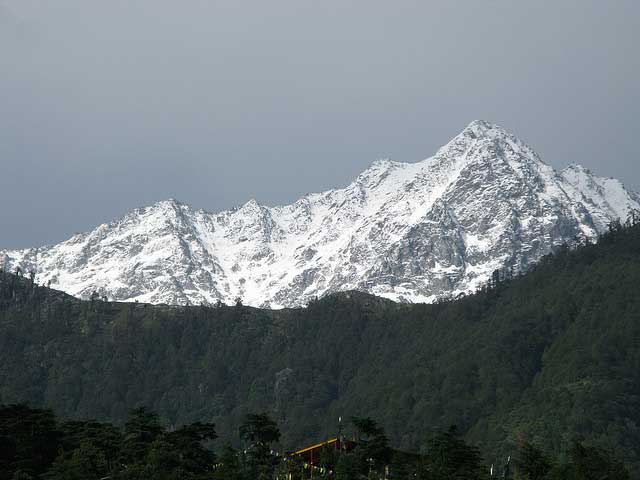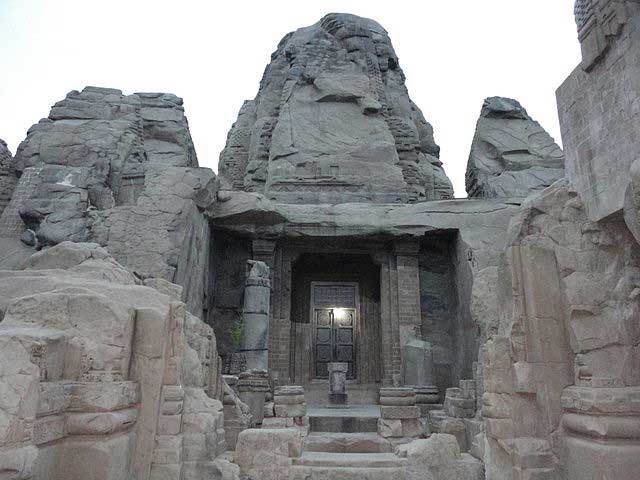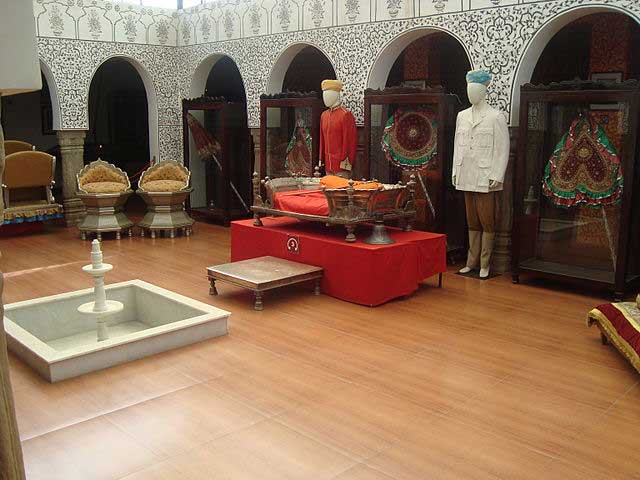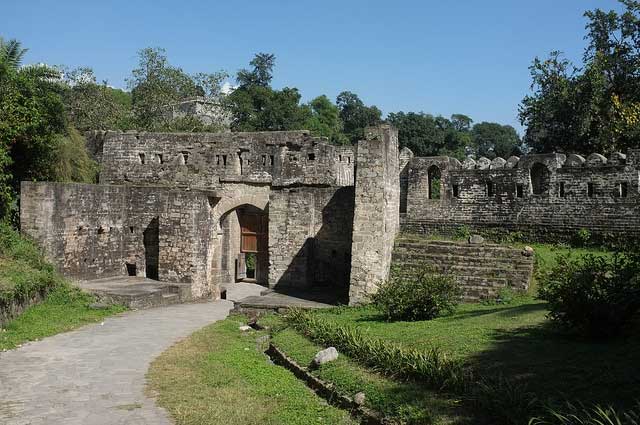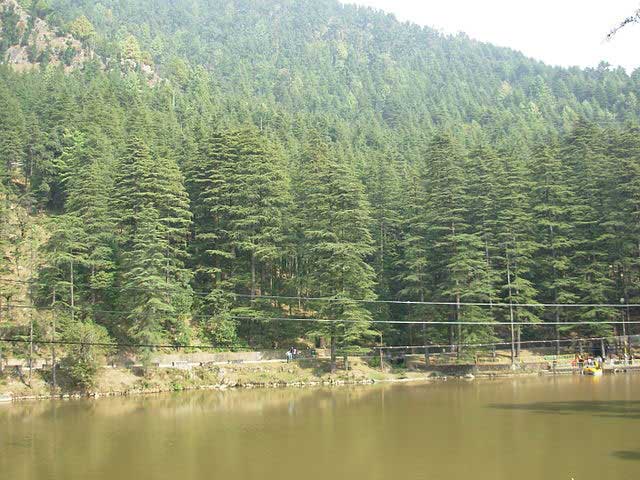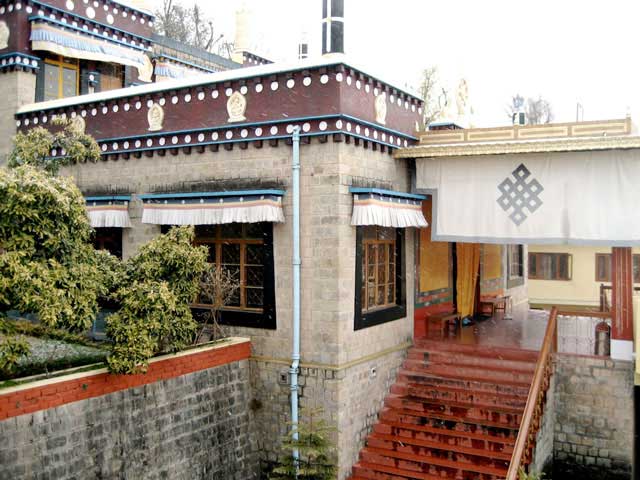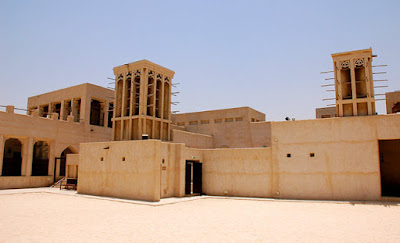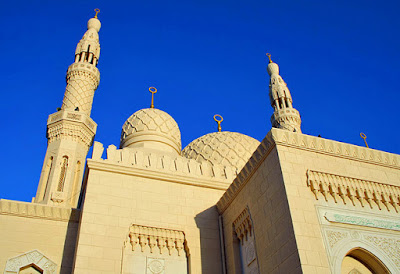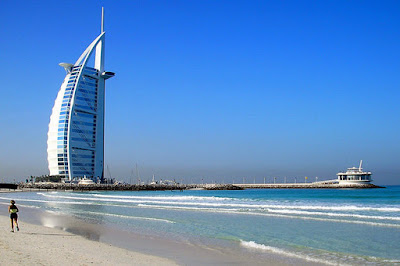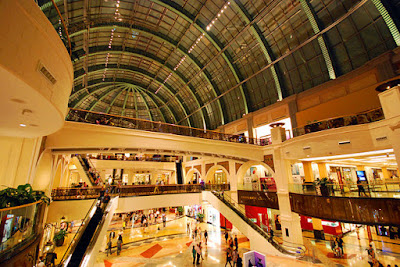Nepal draws visitors who come for a variety of reasons. Some are lured by the call of the mountains and seeking to climb or trek in the Himalayas, others are intrigued by the culture and the famous city of Kathmandu, and yet others come hoping to find some sort of spiritual awakening. Nepal can be an adrenaline adventure, a cultural eye opener, or a life-changing experience, depending on the itinerary and mindset of the traveler.
Most visitors will spend some time in Kathmandu visiting sacred and historic attractions, and then head out into other parts of the country. Some of the most popular locations outside of the capital are Chitwan National Park for wildlife viewing, and the lakeside town of Pokhara, a popular area for starting treks. Trekkers will find a variety of options, with the most popular areas being the Everest, Annapurna, and Langtang regions.
In 2015, a major earthquake struck Nepal, causing severe damage in Kathmandu and other areas of the country. Travelers should check on local conditions before visiting.
1 Kathmandu:
Kathmandu, the capital and largest city in Nepal, is like no other city in the world. The decaying buildings in the heart of the city are a contrast to the lively atmosphere that permeates the streets. The smell of incense wafts from the stores while street sellers push their wares, and people go about their daily lives, all against a backdrop of historic temples and carved statues.
For several hundred years, Kathmandu was one of three rival royal cities, along with Bhaktapur and Patan. Situated in close proximity to each other, today these three almost run together. The highlight of Kathmandu has long been Durbar Square, the largest of the palace squares in the three royal cities and a UNESCO World Heritage Site. Temples and monuments of varying shapes, sizes, styles, and faiths can be found here.
Kathmandu's Durbar Square was severely damaged in the 2015 earthquake, with many buildings destroyed beyond repair.
2 Bhaktapur:
Bhaktapur, the third of the "Royal Cities," lies on the old trade route to Tibet, just outside of Kathmandu. For Bhaktapur, the trade route was both an arterial link and major source of wealth. Its relative remoteness at the time allowed the city to develop independently and in ways which distinguish it from the other two cities. In contrast to Patan and Kathmandu, the population of Bhaktapur is primarily Hindu. The best place from which to begin a tour of the city is Durbar Square, where in addition to the royal palace, several temples are also situated. The whole area is a UNESCO World Heritage Site.
Many of the buildings in Durbar Square in Bhaktapur were damaged in the 2015 earthquake.
3 Boudhanath Stupa (Bodhnath):
The Bodhanath Stupa, just outside of Kathmandu, is one of the largest stupas of its kind in the world, and dates to sometime around the 6th century, possibly even earlier. Like Bhaktapur, it lies on the old trade route to Tibet and is a UNESCO World Heritage Site. The stupa sustained minor damage during the 2015 earthquake but is otherwise in good condition.
The stupa itself is a symbol of enlightenment but at Boudhanath the symbolism is particularly clear. Each different shape represents one of the five elements, earth, water, fire, air, and sphere, which are also the attributes of the five Buddhas. Brought together in the form of the stupa, their unity reflects in abstract fashion the structure of the universe itself.
4 Pokhara:
Pokhara, at the base of the foothills, is 200 kilometers west of Kathmandu and surrounded by some of the highest mountains in the world - Dhaulagiri, Manaslu, and Annapurna I. For many trekkers, Pokhara is the gateway to the Himalayas. It is the starting point for treks to Jomsom and the Annapurna region. But visitors will enjoy Pokhara and the beautiful scenery even if they are not planning on heading off on a hike.
By population, it is the second largest town in Nepal after Kathmandu but still does not feel like a big city. People coming from the Kathmandu Valley notice the much cleaner air and pleasant climate almost immediately. Lake Phewa, with its cluster of lakeside hotels, restaurants, and shops, is ideal for those looking for relaxation and for day excursions.
5 Trekking in the Annapurna Region:

The Annapurna Region is one of the most popular trekking regions in Nepal, with trekking options of a few days to a few weeks. There are three main routes in the Annapurna Region, which intersect and combine in places, but trekkers can opt to do a portion or a variation on the routes. The Annapurna Circuit around Annapurna Mountain takes about 21 days to complete and is incredibly popular with people who have enough time. This route is sometimes called the "Apple Pie Circuit," in reference to the fact that most of the teahouses along the route serve their own version of fried apple pie. The Annapurna Sanctuary nestles between the peaks of Annapurna and takes five days to reach. Muktinath is on the way to Annapurna but has since become a destination in its own right. The Muktinath route runs in the Kali Gandaki Valley on the east flank of Annapurna and takes seven days. North of Muktinath is Mustang, a small region that was only opened up to tourists in 1992. This area is unspoilt and has its own fascinating culture.
In many regards, the Annapurna Region, north of Pokhara, is an ideal walking area. The dramatic contrasts of the Nepalese countryside are especially visible, from the subtropical vegetation of the Pokhara Valley to the dry rain shadow area, with features of the Tibetan plateau. The people and cultures are also very different: facial characteristics, houses, lifestyles, customs, and religion. The Annapurna region was declared a protected area in 1986. The region has a good infrastructure to support the many trekkers that come through this area. The paths are well maintained, and food and lodging are guaranteed.
6 Chitwan National Park:
Chitwan National Park is the place to come to experience a different side of Nepal, apart from the hiking and the intrigue of Kathmandu. This is the place for wildlife viewing and a safari-type atmosphere. At an altitude of only 100 meters in some areas, much lower than Kathmandu at 1400 meters, this area has a tropical monsoon climate, usually quite different than what most people expect to find in Nepal. Visitors come here primarily to see wildlife. Tours from the lodges take visitors out into the park, either on foot, or more often, on elephants for close-up views of the animals. The park is home to rhinos, Bengal tigers, leopards, sloth bears, gaur (buffalo) deer, and many other critters. Freshwater dolphins (gangetic) and crocodiles inhabit the rivers and streams but are rarely seen. More than 500 species of birds make Chitwan a paradise for ornithologists.
Chitwan lies southwest of Kathmandu close to the Indian frontier and is included in the UNESCO list of world cultural heritage sites. The best time to visit Chitwan is from October to February. Average temperatures hover about 25°C (77°F), with high humidity, although the mornings can be quite cool. June to September is the monsoon season, with frequent and heavy rain.
7 Trekking in the Langtang Region:
The Langtang Region, home to Langtang National Park, is an incredible area for hiking, with some high passes, extensive views, old monasteries, and beautiful mountain scenery with rhododendron forests that bloom during the spring hiking season. It is less developed than some of the other popular trekking areas in Nepal and generally less busy on the trails, despite its close proximity to Kathmandu. There are villages with guesthouses and food all along the route, although somewhat more spread out than in other trekking regions.
This area can be reached easily from Kathmandu by jeep in seven to eight hours, making it extremely convenient, with no flights required. On a clear day, the peak of Langtang Lirung (7,245 meters), which dominates the surrounding area of the same name, is visible from Kathmandu. Trekking lengths and duration range from a few days to a couple of weeks depending on the routing. Some trekkers combine Helambu and Langtang for a longer trek.
8 Swayambhunath (Monkey Temple):
Set on a hilltop to the west of Kathmandu, Swayambhunath is the second most important shrine in the Kathmandu Valley after Boudhanath. Due to the resident monkeys that inhabit parts of the temple, it is more affectionately known as the Monkey Temple. The Swayambhu Stupa, painted with the eyes of the omnipresent god, forms the centerpiece of the temple complex. It was originally a prehistoric cult site, but the temple complex dates to the 5th century. Swayambhu plays a major part in the lives of the Vajrayana Buddhists of Northern Nepal and Tibet, but especially of the Newari Buddhists of the Kathmandu Valley.
The 2015 earthquake caused some damage to the Swayambhunath temple complex.
9 Everest and the Trek to Base Camp:
The summit of Mount Everest, the highest mountain on earth, reaches 8,848 meters (29,028 feet) high. Trekking in the Mount Everest area became popular following the now legendary first ascent of the peak in 1953 by Edmund Hillary from New Zealand and the Sherpa Tensing Norgay. Since that time, many more have summited the mountain, but far more trek the route to Everest Base Camp simply for a glimpse of the peak far above. In recent years the mountain has seen its fair share of tragedy and drama. The 2015 earthquake and previous avalanches, along with disputes between climbers on the mountain, have left their mark on Everest trekking and climbing.
The Everest Region is generally not regarded as the most scenic region in the country for trekking, but the allure of Everest draws climbers in large numbers. There are various routes to access base camp and several options for organizing a trip. Many trekking companies offer a guided hike, either with Nepalese companies or western-based companies. It's also possible to hire a private guide or porter and do it yourself, however all trekkers are technically required to have a guide. The main hiking seasons are in the spring and fall, from March to May and September to December.
For those not looking to trek to Mount Everest but still wanting to see the mountain, it is possible to see it on clear days from the hill town of Nagarkot near Kathmandu. Hotel staff will knock on guests' doors on clear mornings if Everest is visible. This might be the lazy traveler's best chance of seeing the world's highest peak.
10 Lumbini:
Lumbini is famous for being the birthplace of Siddhartha Gautama, the historic Buddha, known as Buddha Shakyamuni. Situated off the main tourist track, almost 250 kilometers from Kathmandu, Lumbini is a worthwhile detour on the route from Pokhara to the Chitwan National Park. In this pilgrimage town, a UNESCO World Heritage Site, there is a feeling of tranquility. Most of the visitors are Buddhist pilgrims from around the world, retracing Buddha's footsteps through the stations of his life. The Maya Devi Temple, dedicated to Buddha's mother, is believed to be the spot where Buddha was born. It contains an ancient stone relief from the 2nd century AD depicting Buddha's birth.
11 Helambu Trek:
The Helambu region is a popular trekking area, particularly with trekking companies offering guided hikes. This is largely because it is close to Kathmandu, does not reach astoundingly high elevations, and offers some beautiful mountain scenery. For many of these same reasons, it is often touted by tour groups as being easy. However, many hikers who come here on tours find it is more demanding than they feel they were led to believe and more difficult than they anticipate. Trekking in the Himalayas is always demanding, and although it is not as high as other treks, it is still a physically demanding hike and trekkers should be in good physical condition. With that in mind, this is a beautiful trek and well worth the effort.
The Helambu region is inhabited by the Sherpas and situated in the upper part of the Malechmi Khola valley. The Helambu Trek can be started in Kathmandu and completed in five to eight days. The typical seven-day itinerary is circular, with the first day's section being repeated at the end of the walk. The sudden contrast between the lower and upper lying regions and their characteristic cultures is striking. Accommodation can be found in lodges and village guest houses.
